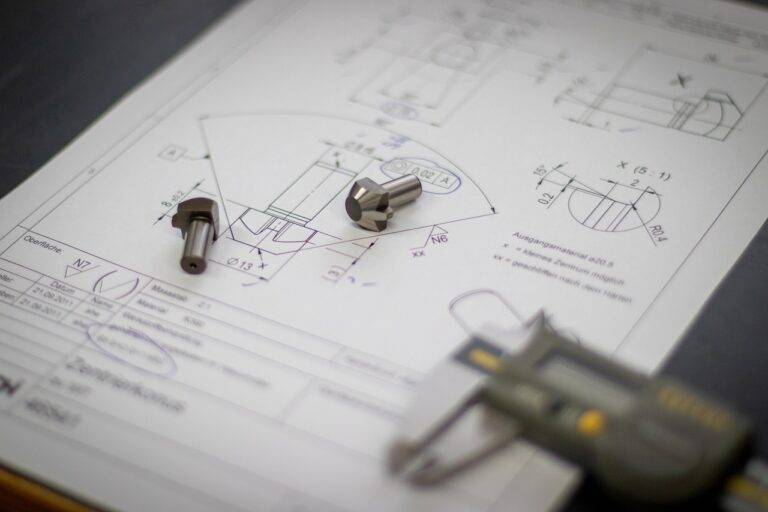Tech Solutions for Air Pollution Monitoring and Reduction
One of the primary challenges in air pollution monitoring and reduction is the lack of comprehensive data collection. Without accurate and up-to-date information on pollutant levels, it becomes difficult to develop effective strategies for mitigating air pollution. Additionally, the decentralization of monitoring efforts across various agencies and organizations can result in inconsistencies in data interpretation and analysis.
Another key challenge is the limited resources dedicated to air quality monitoring and reduction efforts. Insufficient funding and resources hinder the implementation of innovative technologies and policies that could help combat air pollution effectively. This lack of investment in monitoring and reduction initiatives can impede progress towards achieving cleaner air for all.
Innovative Sensor Technologies for Air Quality Monitoring
Air quality monitoring plays a crucial role in safeguarding public health and the environment. Traditional monitoring methods have limitations in providing real-time data and spatial coverage. However, innovative sensor technologies have emerged as promising alternatives to address these challenges. These sensors are capable of detecting a wide range of pollutants with high accuracy and sensitivity, enabling continuous monitoring at multiple locations simultaneously.
One of the key advantages of these sensor technologies is their portability and cost-effectiveness. Miniaturized sensors can be easily deployed in various urban areas, including schools, hospitals, and traffic intersections, to capture localized air quality data. This widespread deployment allows for a more comprehensive understanding of air pollution patterns and sources, facilitating targeted mitigation strategies to improve air quality and reduce public exposure to harmful pollutants.
• Portable and cost-effective sensor technologies
• Miniaturized sensors can be easily deployed in urban areas
• Enable continuous monitoring at multiple locations simultaneously
• Capture localized air quality data for targeted mitigation strategies
Role of Artificial Intelligence in Air Pollution Control
Artificial Intelligence (AI) is revolutionizing the way air pollution is monitored and controlled. By leveraging AI algorithms, real-time data from various sensors can be analyzed to detect patterns and trends in air quality levels. This enables policymakers and environmental agencies to make informed decisions and take timely actions to manage and reduce air pollution levels in urban areas.
Moreover, AI can be employed to optimize the operation of air pollution control systems. By constantly adjusting parameters based on the data received, AI can ensure maximum efficiency in reducing emissions and pollutants. This proactive approach not only improves the overall air quality but also helps in minimizing the environmental impact of industrial activities.
What are some of the key challenges in air pollution monitoring and reduction?
Some of the key challenges include the lack of real-time data, limited coverage of monitoring stations, and the complexity of air pollution sources.
How can innovative sensor technologies help in air quality monitoring?
Innovative sensor technologies can provide more accurate and real-time data on air quality, leading to better decision-making for air pollution control measures.
How does artificial intelligence play a role in air pollution control?
Artificial intelligence can be used to analyze large amounts of data from various sources to identify patterns and trends in air pollution levels, optimize pollution control strategies, and predict future pollution levels.





